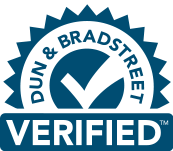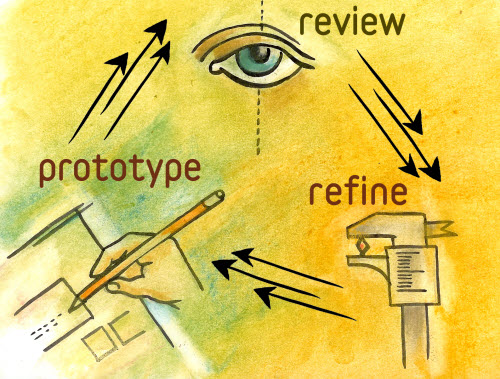Rapid prototyping services have eliminated the ambiguous art of showing clients with mere images about their product with an actual 3-dimensional solid object, prototype. In an iterative approach to user interface design, prototyping manufacturing offers viewers with designs and development specifications giving fine details about how their idea or product should behave and look. Engineers with the help of rapid prototype machine develop a mocking future state of a product, be it an application or website. This helps in garnering feedback from clients, stakeholders, and designers in the early stages while amending design facets during the development process. A prototype can vary from rough paper sketches to virtual simulations that appear and perform like the final product.
The Rapid Prototyping Process
Rapid prototyping involves multiple iterations of a three-step process:
- Prototype: Bring users’ idea description to a state where it can mock-up, factoring in user experience standards and best practices.
- Review: Present the prototype in front of users and clients to measure whether it befits their mentioned specifications and expectations.
- Refine: Based on feedback, engineers make the changes if required while simultaneously refining the prototype.
How Much Prototyping should be done?
Most engineers prefer the rule of thumb which is to emphasize on the 20% of the performance and 80% of the time used in the process. This is because the main aim of rapid prototyping is to offer a layout depicting how the final product will perform or so. Engineers cannot prototype the entire product as it isn’t required. Rapid prototyping tooling helps developers with a vast scope of experiments, multiple approaches, and new ideas. It conjures assertion through the 3D objects instead of words while assuring that everyone related to the product shares a common solid apprehension. This not only reduces risks but also avoids missed requirements leading to a better design faster.
A prototype always begins from a smaller part of the product and is not manufactured as a whole from the start as many think. Further, few mocked up parts are grown with depth and breadth backed with multiple iterations as demanded by the clients, until the final prototype presents on the table. The speed which is offered by the technology is most evident during iterations as it can vary from real-time changes to a few days, totally depending on the prototype.
 +91-120-4736400
+91-120-4736400 info@sphinxworldbiz.com
info@sphinxworldbiz.com

















